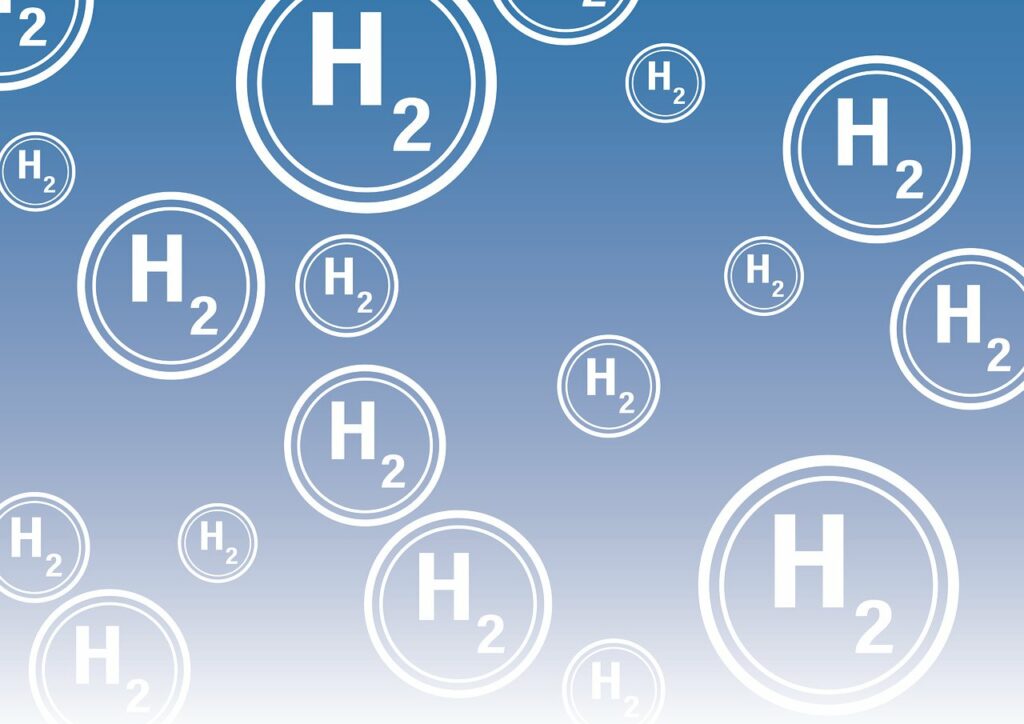Whitebark Energy, traditionally known for its oil and gas operations, is charting a new course by pivoting towards green hydrogen and renewable energy.
This strategic shift reflects a growing trend in the energy sector, where companies are exploring sustainable alternatives to fossil fuels.
Whitebark Energy has signed a binding agreement with Conflux Energy Corp, transferring a 90% interest in its Wizard Lake oil and gas assets in Alberta, Canada. Retaining a 10% stake through its subsidiary, Rex Energy, Whitebark expects to benefit from future production returns once the field resumes operations. This partial divestment aligns with the company’s strategy to reallocate capital towards renewable energy projects.
Whitebark’s strategic focus is now on green hydrogen production using geothermal energy. The company plans to develop its geothermal and hydrogen holdings in Queensland’s Cooper Basin, an area recognized for its renewable hydrogen potential. This ambitious project positions Whitebark to become Australia’s first commercial geothermal producer, targeting the early production of green hydrogen.
Whitebark’s transition to green hydrogen and geothermal energy must be evaluated against global and domestic benchmarks. Countries like Australia have been aggressively pursuing hydrogen initiatives, with significant government funding and policy support. For instance, the Australian government’s $2 billion Hydrogen Headstart initiative aims to support large-scale hydrogen projects, highlighting the competitive landscape in which Whitebark operates.
Securing federal support through various renewable energy initiatives is crucial for Whitebark’s success. The Australian government has allocated substantial funds for renewable hydrogen development, including tax incentives and infrastructure planning. These supportive measures could provide the necessary boost for Whitebark to establish a foothold in the emerging hydrogen economy.
Whitebark’s strategic pivot represents a broader industry trend towards decarbonization and sustainable growth. By focusing on green hydrogen and geothermal energy, Whitebark is positioning itself at the forefront of a new energy paradigm. The successful execution of its projects could serve as a model for other companies in the sector, showcasing the viability of transitioning from traditional fossil fuels to renewable energy sources.
The long-term impact of Whitebark’s initiatives will depend on its ability to innovate and adapt to market dynamics. The company’s efforts in Queensland’s Cooper Basin, if successful, could pave the way for significant advancements in geothermal and hydrogen technologies. Additionally, the potential creation of a “Hydrogen Highway” in inland Australia could revolutionize transportation and energy storage solutions.
